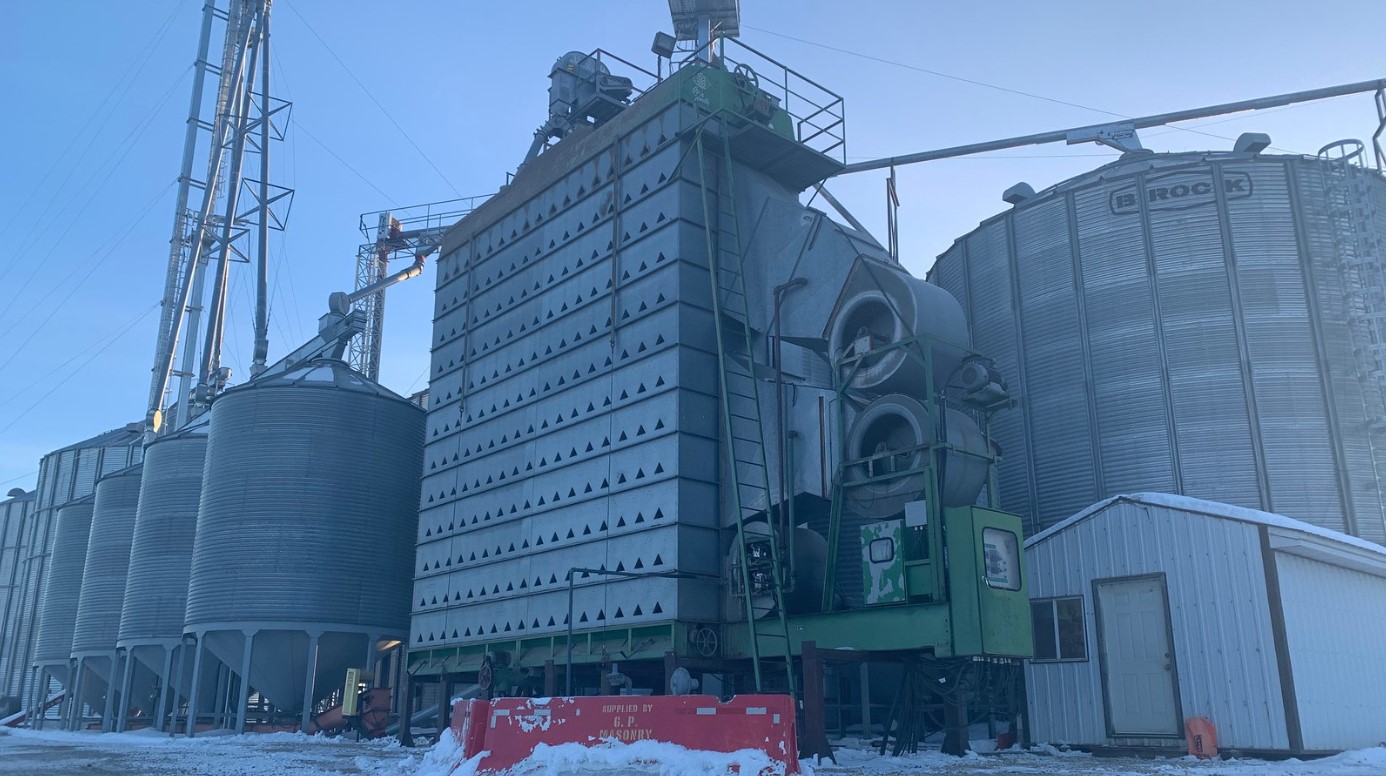BSE Surveillance Program
The key messages of the BSE surveillance program are:
- Stronger BSE surveillance will help keep beef markets open and allow for preferential access to international markets;
- Submit at least one cow to the BSE surveillance program per year (If all Alberta producers do it we will have a strong program);
- You will be reimbursed for every sample submitted;
- You will have a veterinarian visit your farm at no cost to you;
- BSE Surveillance is everyone’s responsibility: cattle producers, industry, veterinarians and governments all have a role to play.
Click HERE for more information.

Environmental Farm Plan (EFP)
Are you interested in identifying environmental risks on your farm? These are just a few of the reasons to do so:
- Sustaining production;
- Managing risks;
- Providing a healthy landscape for the next generation;
- Maintaining market access.
Ask about an Environmental Farm Plan (EFP) to reduce your risk!
For more information, visit www.albertaefp.com.
Nutrient loading calculator
A nutrient loading calculator, designed to help livestock producers plan and manage their in-field winter feeding systems, is now available. The calculator estimates the amount of nutrients being added to the landscape by a winter feeding system that imports feed to a site, such as bale grazing. It can also be used to determine feed requirements to meet the needs of an identified number of animals for a designated number of feeding days.
Click to access the Nutrient Loading Calculator.

Coyote predation
For management of coyote predation, Alberta Agriculture and Rural Development’s Coyote Predation Management Program (CPMP) is mandated through the Agricultural Pest Act allowing Counties and Municipal Districts to utilize toxicants and devices for coyote predation control.
Click HERE for more information.
Cap Efficient Grain Dryer Program

A new grant program is now available to help grain farmers upgrade their grain handling systems.
Click HERE for more information.
Click HERE for the application form.
Click HERE for the funding list.
Click HERE for the terms and conditions.